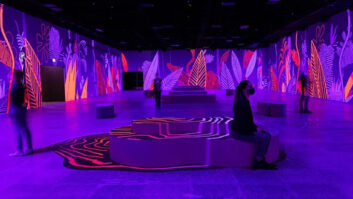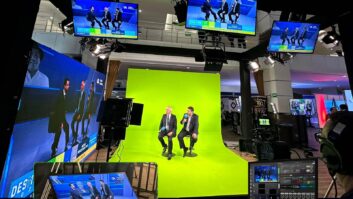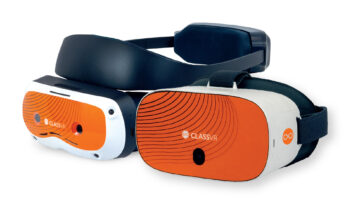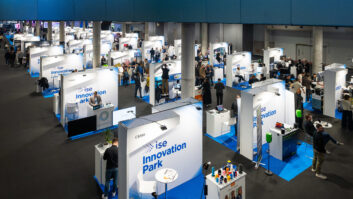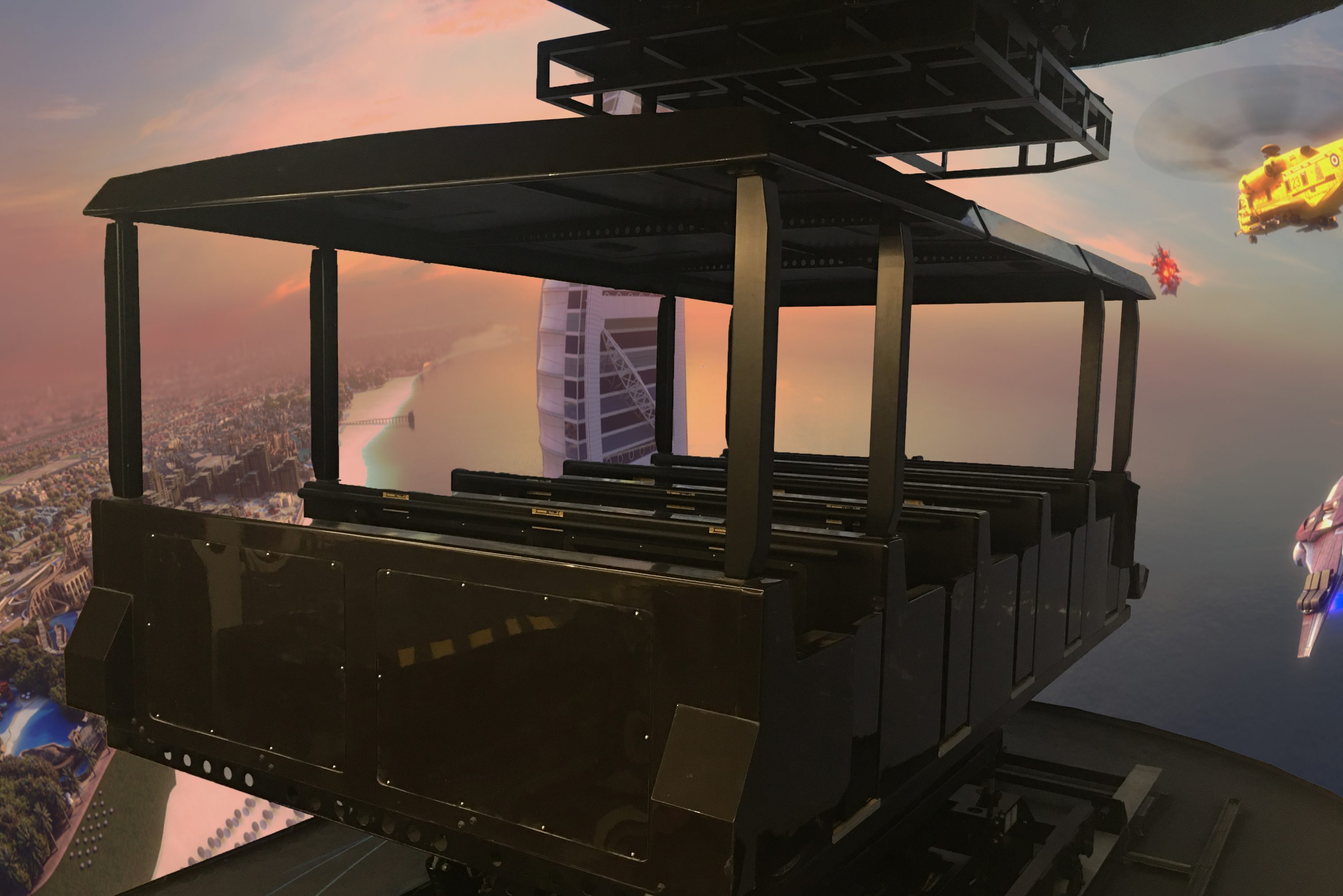
Stuart Hetherington, CEO at Holovis, talks to Installation about creating immersive VR experiences in theme parks and where this area of technology is heading in the next few years.
What factors turn VR at a theme park into a truly immersive experience?
Virtual reality for us is all about complete sensory immersion. This means high resolution, real-time media through the HMD, surround audio, perfectly synched motion and special effects such as wind, water and scent. It is only when all of these factors come together that people truly believe they have been transported into an alternative reality.
The real-time media element is very important because this is the difference between true VR and a 360˚ film. Rendering in real-time can mean that no two people have the same experience, because they are in control of their adventure. Within a theme park setting this is particularly thrilling because it brings the ultimate ride repeatability, with people wanting to keep riding to unlock more of the journey and sharing their unique experiences with friends. It can also be used for ride personalisation when linked to a bigger infrastructure such as a park wide app, unlocking new media based on points people have scored, demographics or personal preferences that have already been shared.
How different is it creating VR experiences for theme parks compared to other environments?
The principles and challenges for designing VR experiences correctly are very similar in many ways between attractions and enterprise markets. VR experiences, rather than functional VR processes, should start by establishing exactly what the guest experience and creative intent needs to be, and then ensuring that the right technologies and content are brought together correctly to bring them to life. There are still huge challenges around creating truly compelling immersive VR media, film/CGI based or real-time, that truly utilise the 360° look-around capability that VR systems can offer and storytelling still has a long way to go to deliver on this with many current examples falling short.
How do you see VR capability at theme parks evolving over the next few years?
VR technology is advancing at a rapid pace and is already delivering manageable experiences when used in limited-capacity and throughput attractions and experiences.
We’re launching a world first virtual reality experience that will combine real-time media, gesture interactivity and dynamic motion on a robot arm, for the first time letting people control every element of their adventure, even the motion profile. Whilst on the robot arm, guests wear a VR headset and the gesture interactivity lets them pick up and move items around the cab. The motion will be through a four-axis robot arm with four seats.
We see this primarily being used within a duelling arena set up. The pods will be facing each other ready for battle and players use interactivity to shoot at the other vehicles.
When brought to life in virtual reality, the robot and other players will be mapped as avatars and you will be able to see the robot shell starting to degrade as people get shots on target.
What are some of the other emerging technology trends you are seeing across the theme park sector?
Augmented reality is having a big impact on the theme park space through a platform that we’re calling the Extended Experience. This takes place through a park wide app that gamifies the whole visit, unlocking a hidden narrative and gaming opportunities for the guests, and unparalleled market research potential for the park.
This is proving particularly successful within the Cedar Fair properties in the US. The experience starts from the moment people download it, with trivia to complete and an avatar function to personalise. At the park, the top five coasters are personified to create teams that people join then battle throughout the day to lead their chosen alliance to victory. AR queue line mini games help combat passive waiting times and a real-time battle map shows who’s winning, with attack and defend mini games that can be played at any time to earn points. As people level up unlock more of the experience. Having people gaming from their own devices every time they visit the park gives the theme park a closer connecting to their guest through a device that is always in their hand.
Tell us about a recent installation project that highlights Holovis’ expertise in the theme park sector.
The Mystic Timbers attraction launched at Kings Island theme park in Ohio in April 2017 and it has set an industry trend for rollercoasters going forward. We took compelling and immersive storytelling and combined it with an incredible wooden coaster. That combination created something truly special and shows how storytelling could be as integral a part of the experience as the coaster itself.
We show produced the entire multisensory attraction experience, from the intricate backstory that begins in the queue line through to ‘What’s In The Shed’, brought to life through media, complex AV, lighting, scenic and animated FX.
From the time you enter the queue line, you are immersed in the back story of the Miami River Lumber Company. There’s ambient audio from an abandoned crashed truck and a security screen with glimpses of guards who are out chasing interlopers sneaking around the mill.
Guests then board the coaster for a thrilling physical experience then find themselves approaching the shed for the finale. However guests will never discover all of its secrets, the experience changes playing out different scenarios, so guests are unlikely the see the same show twice. Multiple rides are essential to truly discover ‘What’s in the Shed’.




